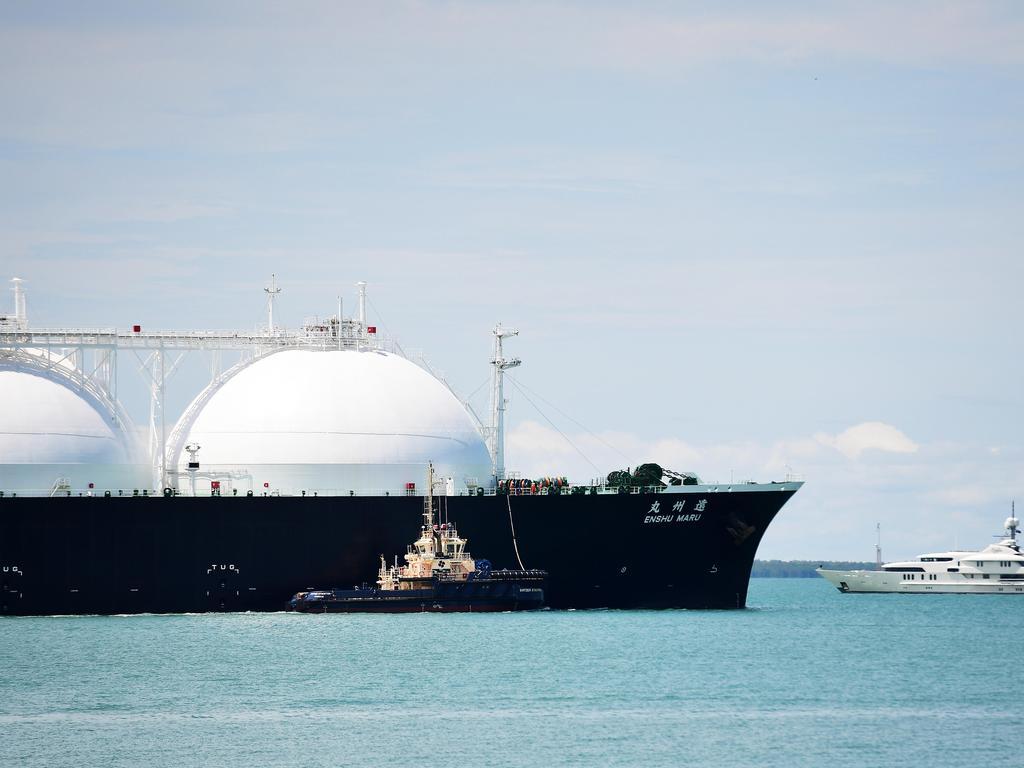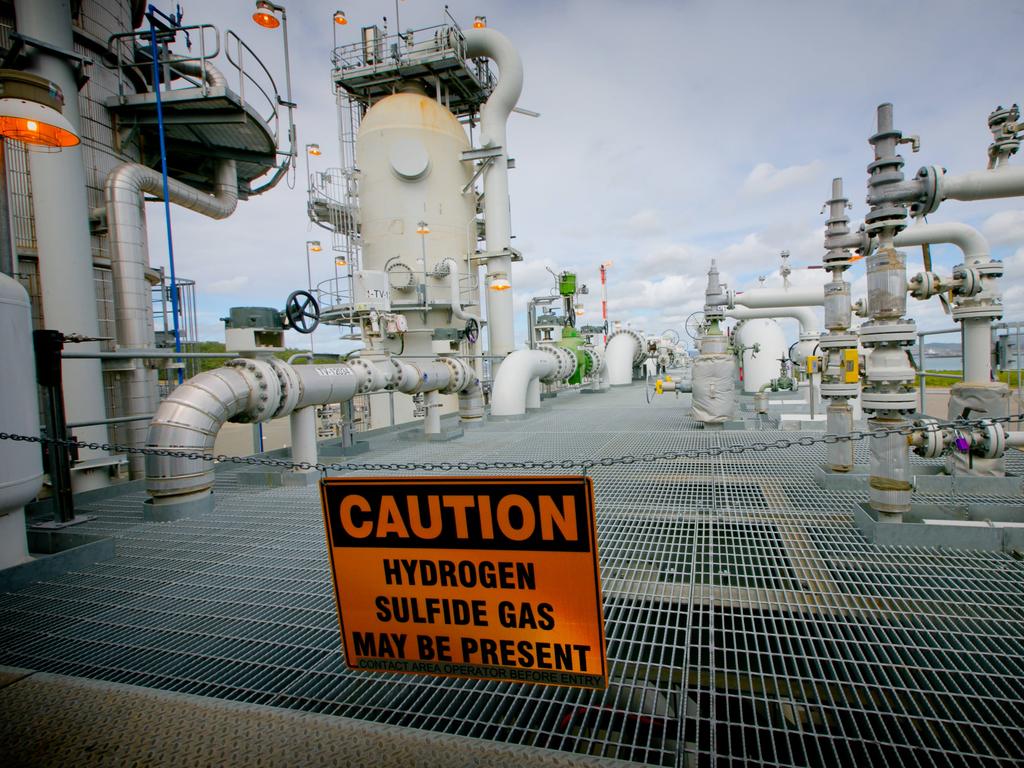Gas and electricity prices still too high for Australians

That’s a problem for Australia, on two fronts.
Firstly, it makes it much harder, and much more expensive than it should be, to replace our coal-fired electricity generators with lower-emissions alternatives.
Secondly, it severely threatens our manufacturing sector.
A power grid with progressively less thermal coal, progressively more renewables and a range of technologies to firm them is the right pathway for Australia: that really isn’t in dispute.
What matters is firstly, how fast that happens and secondly that, as coal-fired generators retire, we are replacing them with technologies capable of doing the same basic job.
That job has two parts. The first is to meet the energy demands of a modern, industrialised economy that operates 24 hours a day, year round. The second is to deliver globally competitive prices.
We’ve got a pretty good handle on the first part. Under every scenario and every mix of technologies, gas has a key role to play — alongside batteries, hydro-electricity, demand-side reduction and other technologies — in reducing Australia’s emissions, stabilising renewable generation, and integrating weather-dependent power into the electricity grid.
The problem is the second part: globally competitive prices. Contracted energy prices in Australia are in the highest quartile globally.
Today manufacturers in eastern Australia pay, on average, 150 per cent more for gas and 175 per cent more for electricity than they did a decade ago. In the US, it’s around 63 per cent less for gas and 30 per cent less for electricity. As the ACCC finds in its latest report, that this persists even as spot prices for both gas and electricity decline demonstrates that Australia’s high energy prices are caused as much by lack of competition as they are by lack of supply.
When Australian manufacturers first raised the alarm about rising domestic gas prices more than a decade ago, they were told they simply needed to adjust to international prices.
Now, with international prices at historic lows, the latest ACCC report details a widening gap between domestic and export parity prices. ACCC chairman Rod Sims says he is yet to hear a compelling reason as to why domestic customers are paying substantially higher prices than buyers in the international market.
In response, manufacturers are now told that international prices aren’t an appropriate benchmark for domestic gas prices, and that Australia’s high gas costs are based on production costs in our newer, more expensive, gas fields.
That’s simply not how global commodity markets work, and the gas industry can’t have it both ways.
Whether we like it or not, Australia’s gas markets are now linked to international markets. That means Australians should benefit from a falling gas price, which most commentators expect to remain low for many years.
That the ACCC would conclude that, on the contrary, the gap between local and international prices is growing, shows that this simply isn’t happening.
To be clear, no manufacturer expects to contract, long term, at a spot price. But they do expect to secure long-term contracts that reflect international prices and the ACCC’s benchmarks, and which enable them to maintain and invest in their operations.
In eastern Australia’s dysfunctional gas market, that is still out of reach.
The latest ACCC gas inquiry report provides clear and sensible recommendations that should be implemented urgently.
First is prioritising diversity of suppliers when releasing new gas acreages. If we want prices to come down, governments should support newer, more nimble, players to enter the market and keep the bigger players honest.
Second is active tenement management — another way of saying “use it or lose it”. It is simply untenable that large swathes of Australia’s gas reserves can be locked up by global producers, at the expense of local customers.
Third, the next heads of agreement between the federal government and the gas industry should include a clear price expectation. Without price triggers on measures like the heads of agreement and Australian Domestic Gas Security Mechanism, local customers will continue to be offered supply at unsustainable prices, and the sellers will continue to hold all the cards.
Fourth is measures to speed up investments in gas infrastructure — something that, despite current political debate, has enjoyed bipartisan support in the past. The federal Opposition committed $1.5bn to investments in gas infrastructure, including pipelines, before the last election.
That the federal government should also see a role for governments in underwriting gas infrastructure should not be surprising.
In its ninth report on the domestic gas market, the ACCC has provided a workable roadmap to boost competition in the east coast gas market.
It provides all the rationale that federal and state governments should need to implement the measures they already know are necessary to establish a more competitive, transparent gas market in Australia.
Ben Eade is chief executive of Manufacturing Australia.



The latest gas inquiry report from the Australian Competition & Consumer Commission — its ninth since 2017 — lays bare what most large energy customers already know: Australians are paying more than they should be for gas and electricity, because our east coast gas market is dysfunctional and lacks competition.